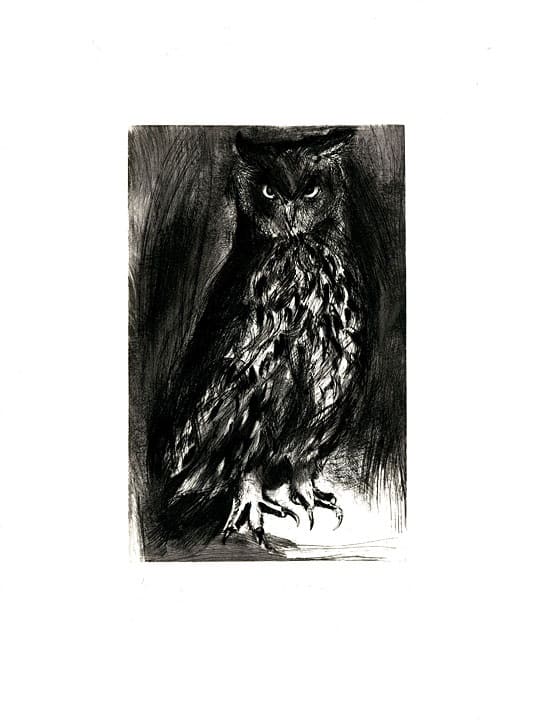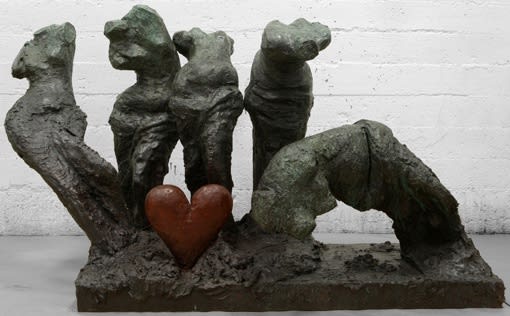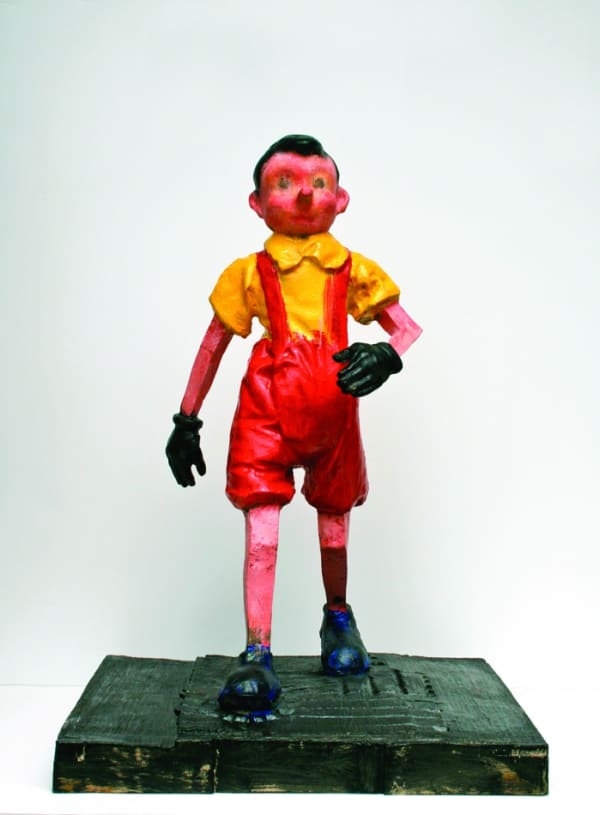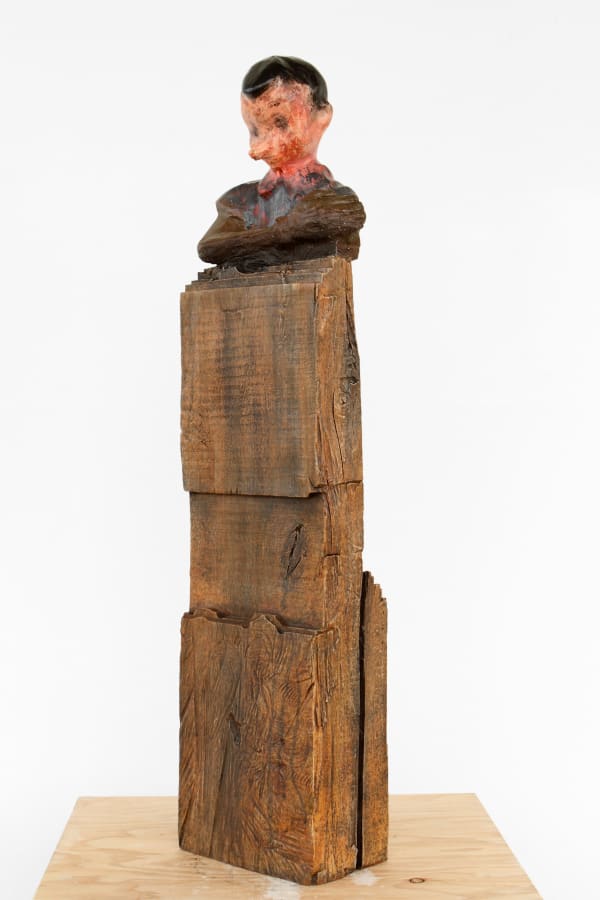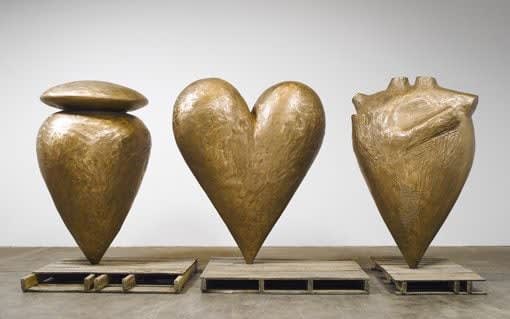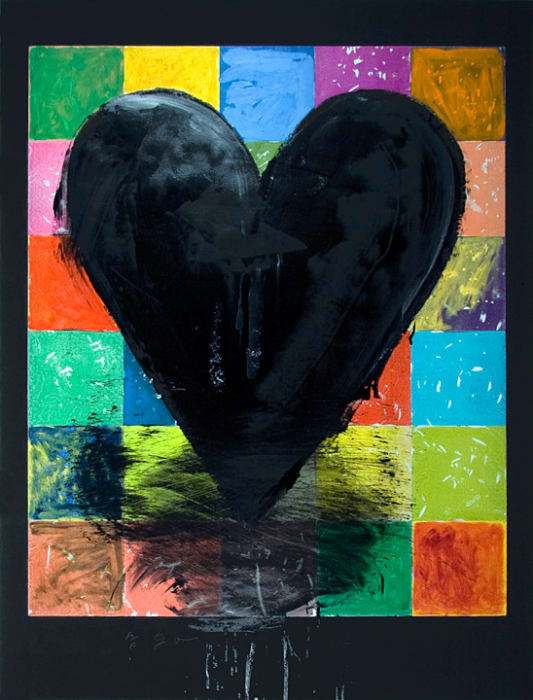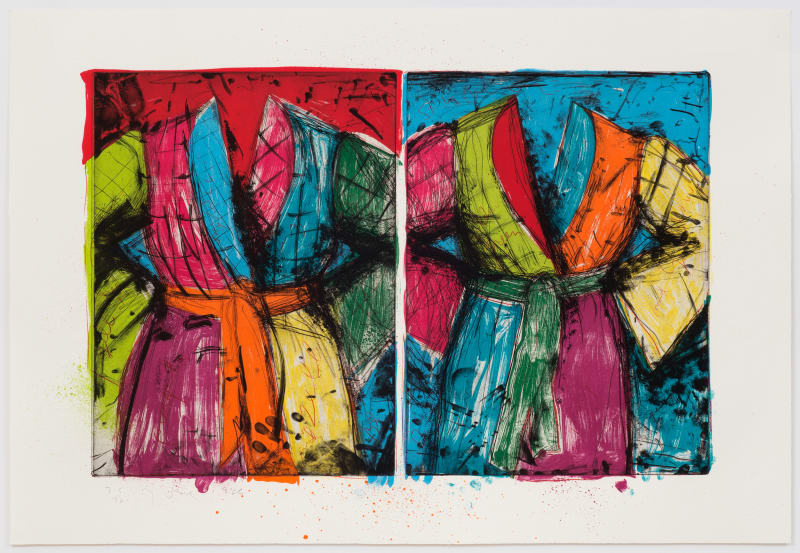Jim Dine
-
Prints
-

A Heart on the Rue de Grenelle, 1981
32 1/8 x 26 1/4 in., Ed. AP
-

Ball-Grained Heart, 2010
50 x 37 1/2 in., Ed. 16
-

Big Checkered Pinocchio, 2012
59 3/4 x 44 3/4 in., Ed. 12
-

Bill Clinton, 1992
12 3/8 x 10 1/8 in., Ed. 17 AP
-

Dark Blue Cloud, 2010
55 x 28 1/8 in., Ed. 8
-

Dexter’s Four Robes, 1992
25 x 21 in., Ed. Proof D
-

Fear in Color, 2012
55 1/4 x 29 in., Ed. 11
-

Fourteen Color Woodcut Bathrobe, 1982
77 3/8 x 42 in., Ed. AP
-

Fresh, French and Beautiful, 1993
21 5/8 x 17 3/4 in., Ed. AP
-

Grease, Bone and Color, 1993
41 3/8 x 39 in., Ed. 21
-

Hart Of Blu, 1995
27 1/4 x 22 5/8 in., Ed. AP
-

Just Before the Gold Rush, 2000
18 x 27 1/2 in., Ed. 13
-

Lakeside, 1998
41 1/4 x 33 in., Ed. 30
-

L.A. Eye Works, 1982
43 1/4 x 37 1/8 in., Ed. AP
-

Owl, 1996
20 x 14 1/2 in., Ed. 20
-

Pinocchio / Lincoln Center, 2008
37 x 27 in., Ed. 18
-

Raven on White Paper, 1994
53 5/8 x 42 1/2 in., Ed. 15
-

Red Light, 2010
38 x 29 1/2 in., Ed. 12
-

Tartan Pants, 2009
63 x 48 in., Ed. 18
-

Technicolor, 1996
19 3/4 x 25 5/8 in., Ed. 25
-
-
Sculptures
-

Bouquet, 1987
54 x 27 x 25 in., Ed. 6
-

Five Colorful Dancers, One Bronze Heart, 2009
39 x 63 x 29 in., Ed. 6
-

Model for the Boräs Monument, 2008
25 3/4 x 22 x 13 3/4 in., Ed. 6
-

Pinocchio Bust, 2010
43 x 10 x 9 in., Ed. 8
-
-
Overview
"In the pieces that best characterize his work, we also witness the game between the real object and the painted object, a game of trompe-l'oeil. According to him, the canvas is the last “point of contact to unreality” while the object, a symbol of life, remains mostly a concrete object."
Born in Cincinnati in 1935, Jim Dine is a major post-war artist whose work ranges from vibrant, large-scale paintings to exquisitely-rendered, romantic drawings and bronze sculpture. Representative of the American Pop Art movement, Dine was first known for Action Painting, bringing to this form of art improvised theatrical aspects. In 1958, while he lived in New York, he responded to abstract expressionism by building installations and organizing happenings.
The deep enthusiasm following Dine’s immersion into the New York art scene was followed by deep skepticism. This uncertainty lead him to confront himself to a more traditional painting, which will led him to recklessness and gaiety of chromaticism but also the “Heart”, which will become his favorite pattern. Often colorful, his paintings use the melted technique (blurred outlines) and series, with endless variations especially in chromatic shades. The skull, found in his paintings as a reminder in the midst of many ordinary and everyday objects of the contemporary world, revives the tradition of still life.
In the pieces that best characterize his work, we also witness the game between the real object and the painted object, a game of trompe-l'oeil. According to him, the canvas is the last “point of contact to unreality” while the object, a symbol of life, remains mostly a concrete object.
In the 1980s, he devoted himself more to sculpture. Since then, he seems to find his models more in nature than in objects made by humans. In his painting, Jim Dine combines collages, assemblages and objects, and thus emphasizes the personal and manual nature of his work, which sets him apart from the more mechanical aesthetics of Pop Art.
In 2019, Jim Dine was appointed the Chevalier de l'Ordre de la Légion d'honneur of France.














